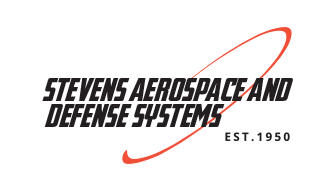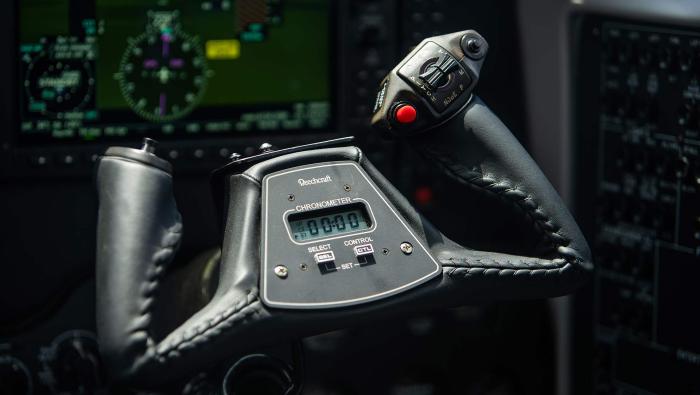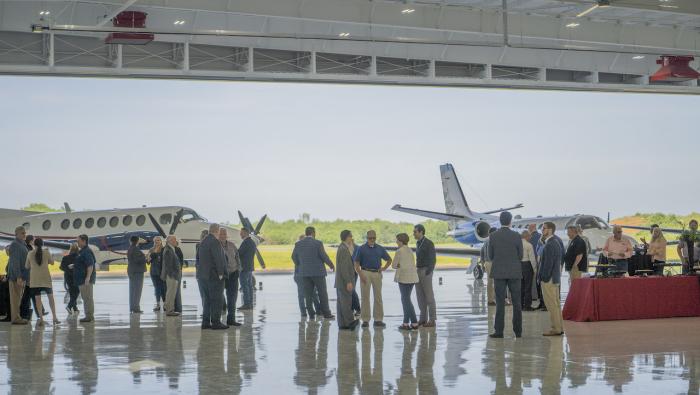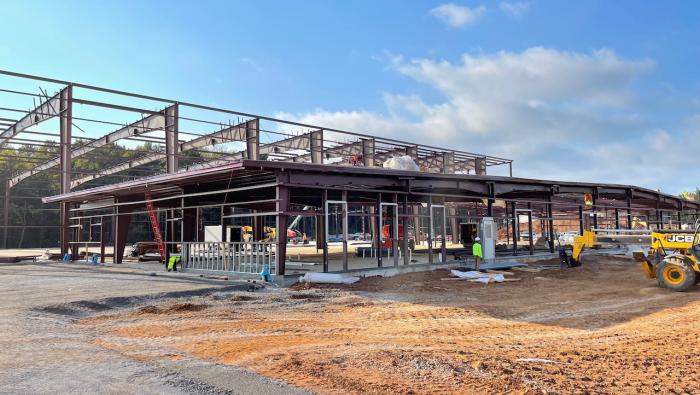Congratulations on your new aircraft! As you relish your flying hours, it’s essential to consider what happens when you inevitably need maintenance. In this series, we’ve been covering the importance of several topics, including initial communication with your repair facility all the way to when you pick it up from service and are flying back home. This is all said with the intent to show you what goes into “making the sausage” and what to expect from a top-tier repair facility – like Stevens. If you missed any part of this series, you can find past articles here at https://23271417.hs-sites.com/so-you-own-and-operate-an-aircraft.-now-what .
With that, let’s dive in and wrap it up!
This marks the final article in this short series, yet we've undeniably explored a significant expanse over the past several months. Our journey began with an exploration of the expected level of contact and communication for prospective or new aircraft owners. We then progressed to delve into the intricacies of service and modification events, concluding with the narrative of piloting the aircraft back home. However, there's more to unfold! A great repair facility team will touch base on several things after you leave to ensure everyone is on the same page with what just happened, as well as what is coming up next. That’s all part of a well-tuned and comprehensive “relationship” focused on keeping you, the plane, and your needs all safe and in sync.
Let’s start with picking up your aircraft after it’s been in the repair facility. After any event, whether a major installation or minor repair, a complete paint and interior, or simply a new set of tires, there will be paperwork. The first part would be any logbook entries and various certifications and warranties from the work performed. If you are on a tracking program of some sort, your shop should have already taken steps to update those for you as well as give you organized paper copies for your records. Not to state the obvious, but, keeping these records current and available will do nothing but add value to the plane and decrease costs going forward relating to any type of logbook research. Second, your repair facility should leave you with a copy of the “current status” of your aircraft with respect to upcoming inspections, overhauls, and other events coming due. You can also expect them to go over this with you so you “both” agree on what’s coming up, and when, and have a good idea of the budget involved. As to other paperwork, there’s always the invoice. Ideally, you had a copy of the final prior to showing up to get your aircraft. Keep in mind, “sometimes” there may be bills still left unresolved when everything is “done”, like for example, core charges. We covered this a bit last time, but there are circumstances where your exchanged component has not yet been fully reviewed by the component vendor. It may be acceptable and there’s no charge. That said, it may also be beyond economical repair (BER) and there will be a charge back to the repair facility and ultimately back to you. Bottom line, your account or technical rep from the repair facility will have discussed this with you well in advance of the final invoice or picking up the plane so there are no surprises.
One of the next things you can expect is going over the entire aircraft with your repair facility representative and discussing every item that was worked and touched. This should happen while going through actual aircraft logbook paperwork and invoice as well as spending time at the aircraft ensuring it’s all ready for flight. Your rep should be with you and your plane until it’s back in the air, ensuring you are fully aware of everything that was worked, as well as what was suggested for next time.
Finally, once you've returned home from your flight, anticipate receiving a call from the repair facility to ensure everything is in order. This includes your well-being, the aircraft's condition, and your journey back. During your flight, it's natural for you to focus on the aspects that were addressed, but keep in mind that various components may have been interacted with, adjusted, or relocated as part of the standard procedure to reach the areas that required attention.
Once the facility finishes its comprehensive ground-operations check and readies the plane for service, you also conduct a thorough preflight before departure. Nevertheless, your facility will remain in touch to ensure your well-being and promptly address any issues. Following this, the cycle restarts—a continuous process now emphasizing both your personal preferences and the plane's requirements for updates. An illustrative instance is the evolving landscape of older aircraft and avionics. This domain is evolving rapidly, impacting not only performance but also compliance with flight regulations. Your facility representative guides you on emerging trends, obsolescence, and progression options—aiming primarily to support your flight. Another aspect is tending to airframe-related tasks on higher-hour planes—executed strategically to avert substantial downtime and unexpected expenses. Cultivating strong bonds with your account and technical representatives, along with those managing FAA affairs and finances, stands as a cornerstone for ensuring safety, preparedness, and contentment throughout aircraft ownership and operation.
So, here we are at the end, but where have we been with these articles?
- In our first article we looked at the “post-purchase” maintenance sales and consultation process to understand how you fly, what you need, and what you want as you prepare for your first repair facility event.
- In article two we expanded the pre-event discussions to look at the planning and documentation needed prior to any repair facility events.
- Then we moved to what a well-run input event looks like when you drop off your aircraft to the repair center.
- We then took a slight “fun” diversion and spoke about the process you can expect when looking at performing a complete paint and interior. There are a ton of details involved here but now you get to work with designers and get the plane of your dreams.
- Next, we spoke about how expectations are communicated and met between you and your service provider while the plane is “in-process” as well as what you can expect when the aircraft is Returned to Service (RTS).
- And finally, we just briefly ran through what you can expect when you pick the plane up from the facility after an event and the continuing cycle of on-going communications with your service center contacts to ensure a smooth transition to your next visit.
While the process is certainly brimming with countless more intricacies, our seasoned experience has taught us how to handle every single one with care and precision. Thank you for being part of this journey as we’ve walked you through parts of the “what you can expect” process from a great maintenance provider.
Have questions we haven’t answered yet? Let’s chat! You can reach out directly to Phil Stearns at pstearns@stevensaerospace.com or you can find topic experts on our website. Safe flying!






